Zinnias: The Versatile Flower That Makes A Great Companion For Vegetables
Zinnias are one of the most popular annual flowers in the United States. They are known for their bright, cheerful colors and easy care. But did you know that zinnias can also be great companion plants for vegetables?
In this blog post, we will discuss the benefits of planting zinnias near vegetables, as well as some specific vegetable-zinnia pairings that are especially beneficial. We will also provide some tips on how to plant and care for zinnias in your vegetable garden.
Benefits of Planting Zinnias with Vegetables
There are several reasons why planting zinnias with vegetables can be beneficial. Here are a few of the most important ones:
- Attract pollinators. Zinnias are a favorite flower of pollinators, such as bees, butterflies, and hummingbirds. These pollinators are essential for the production of fruits and vegetables, so attracting them to your garden can help to improve your yields.
- Repel pests. Some zinnia varieties have a strong scent that can repel pests, such as cabbage moths, tomato hornworms, and whiteflies. This can help to protect your vegetable plants from damage.
- Improve soil health. Zinnias are nitrogen-fixing plants, which means they can help to improve the nitrogen content of the soil. This can benefit a variety of vegetable plants, especially those that are heavy feeders.
- Add color and interest. Zinnias come in a wide variety of colors, so they can add a splash of color and interest to any vegetable garden. They can also be used to create borders or backdrops for other vegetables.
Specific Vegetable-Zinnia Pairings
Some vegetable-zinnia pairings are more beneficial than others. Here are a few of the best pairings to try:
- Tomatoes and zinnias. Zinnias can help to repel pests that attack tomatoes, such as aphids, whiteflies, and tomato hornworms. They can also help to improve the nitrogen content of the soil, which tomatoes need to thrive.
- Kale and zinnias. Zinnias can help to repel pests that attack kale, such as cabbage moths and loopers. They can also help to improve the drainage of the soil, which kale prefers.
- Beans and zinnias. Zinnias can help to attract pollinators that help to pollinate beans. They can also help to improve the nitrogen content of the soil, which beans need to thrive.
- Pumpkins and zinnias. Zinnias can help to attract pollinators that help to pollinate pumpkins. They can also help to improve the drainage of the soil, which pumpkins prefer.
- Squash and zinnias. Zinnias can help to attract pollinators that help to pollinate squash. They can also help to improve the drainage of the soil, which squash prefers.
Planting and Caring for Zinnias in Your Vegetable Garden
Zinnias are relatively easy to plant and care for. They prefer full sun and well-drained soil. They do not need a lot of water, but they should be watered regularly during hot, dry weather.
Zinnia seeds can be sown directly in the ground about 2 weeks after the last frost. Zinnias can also be started indoors about 4 weeks before the last frost.
Once the zinnias have germinated and are about 2 inches tall, they can be thinned to about 6 inches apart. Zinnias will bloom about 6-8 weeks after planting.
Zinnias are generally pest- and disease-free, but they may be susceptible to powdery mildew. If you see powdery mildew on your zinnias, you can treat it with a fungicide.
With a little care, zinnias can add beauty and productivity to your vegetable garden. So next time you are planning your vegetable garden, be sure to include some zinnias!
Zinnias are beautiful flowers that can add a splash of color to any garden. But did you know that they can also be beneficial to other plants? That's right, zinnias can make great companion plants for vegetables.
Some of the best zinnia companion plants for vegetables include:
- Tomatoes: Tomatoes and zinnias have similar growing requirements, so they can thrive together in the same garden. Zinnias can also help to attract pollinators, which are essential for fruit production in tomatoes. Gardenia Inspiration
- Peppers: Like tomatoes, peppers also benefit from the presence of zinnias. Zinnias can help to deter pests, such as aphids and whiteflies, from attacking peppers. Gardenia Inspiration
- Cucumbers: Zinnias can also help to protect cucumbers from pests, such as cucumber beetles. Additionally, the tall zinnias can provide shade for cucumbers, which can help to prevent them from getting sunburned. Gardenia Inspiration
- Melons: Zinnias and melons are both heat-loving plants that can thrive in full sun. They also have similar soil requirements, so they can be planted together without any problems. Gardenia Inspiration
- Basil: Basil is another great companion plant for zinnias. Basil can help to repel pests, such as mosquitoes and flies, from zinnias. Additionally, the fragrant basil flowers can attract pollinators, which can help to improve the pollination of zinnias. Gardenia Inspiration
If you're looking for ways to improve the health and productivity of your vegetable garden, consider planting zinnias as companion plants. You can learn more about zinnia companion plants for vegetables at Gardenia Inspiration.
FAQ of zinnia companion plants vegetables
Q: What are some good companion plants for zinnias?
A: Zinnias are compatible with a wide range of vegetables, but some of the best companions include:
- Tomatoes: Zinnias can help to attract pollinators to tomatoes, which can improve pollination and yield.
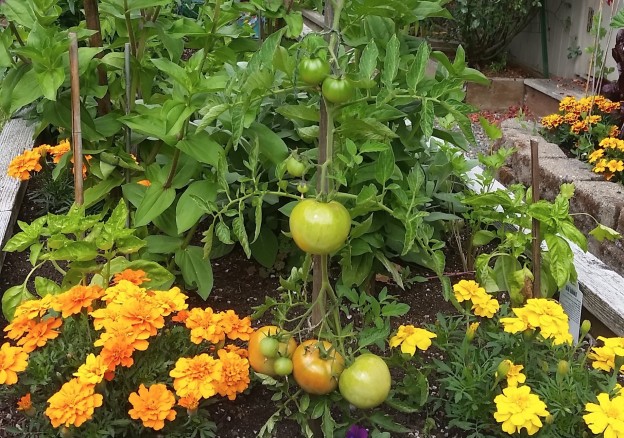
- Cucurbits: Zinnias can help to deter cucumber beetles from cucurbit plants.
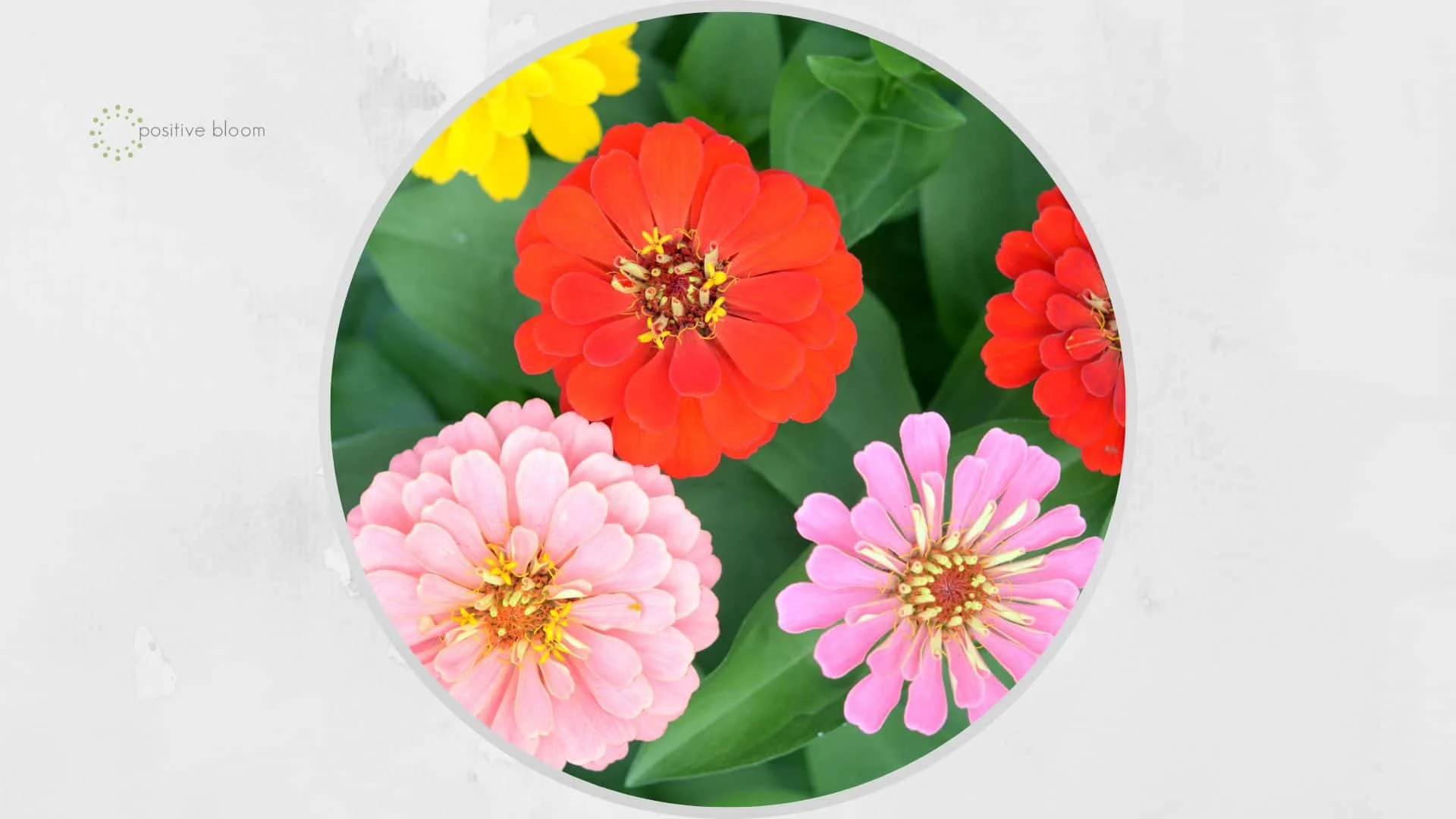
- Beans: Zinnias can help to improve the nitrogen content of the soil for beans.
- Basil: Zinnias and basil can help to repel pests from each other.
- Marigolds: Zinnias and marigolds can help to attract beneficial insects to the garden, such as ladybugs and lacewings.

Q: What vegetables should not be planted near zinnias?
A: There are a few vegetables that should not be planted near zinnias, as they can compete for resources or attract the same pests. These vegetables include:
- Cabbage: Zinnias and cabbage can attract the same pests, such as cabbage loopers and cabbage moths.

- Potatoes: Zinnias and potatoes can compete for nutrients, such as nitrogen and potassium.

- Peppers: Zinnias and peppers can attract the same pests, such as aphids and whiteflies.
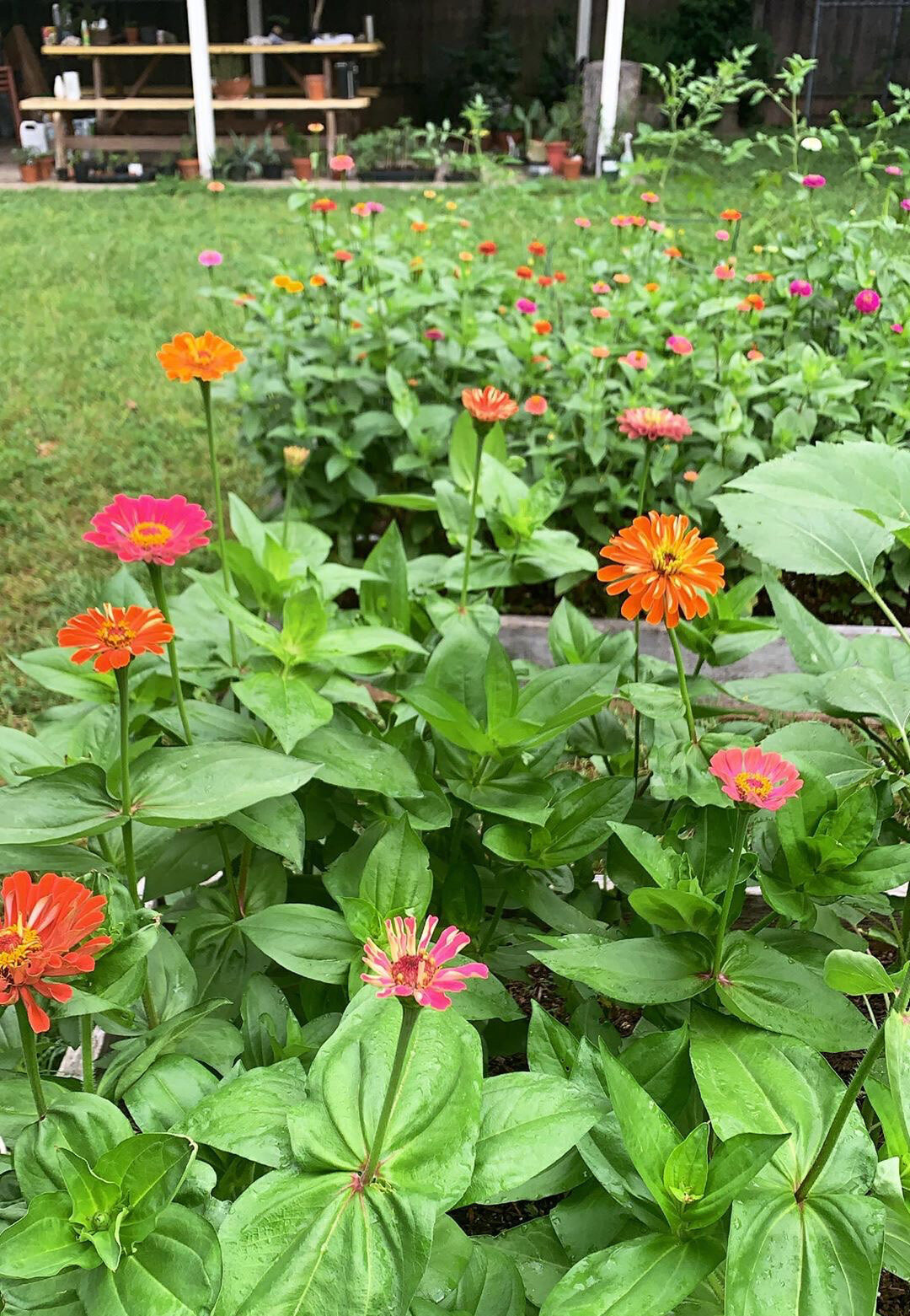
Q: How do zinnias help vegetables?
A: Zinnias can help vegetables in a number of ways, including:
- Attracting pollinators: Zinnias are brightly colored flowers that attract pollinators, such as bees and butterflies. These pollinators help to pollinate vegetable plants, which can improve yield.
- Reducing pest pressure: Zinnias can help to deter pests from vegetable plants. For example, zinnias can help to repel cucumber beetles from cucurbit plants.
- Improving soil quality: Zinnias are nitrogen-fixing plants, which means that they can help to improve the nitrogen content of the soil. This can benefit a variety of vegetable plants.
- Adding beauty: Zinnias are beautiful flowers that can add color and interest to any vegetable garden.
Q: Can I plant zinnias next to tomatoes?
A: Yes, you can plant zinnias next to tomatoes. Zinnias can help to attract pollinators to tomatoes, which can improve pollination and yield. Additionally, zinnias and tomatoes have similar growing requirements, so they can be planted together without competing for resources.
Image of zinnia companion plants vegetables
Here are 5 different images of "zinnia companion plants vegetables" from Pinterest:
Zinnias and cucumbers:
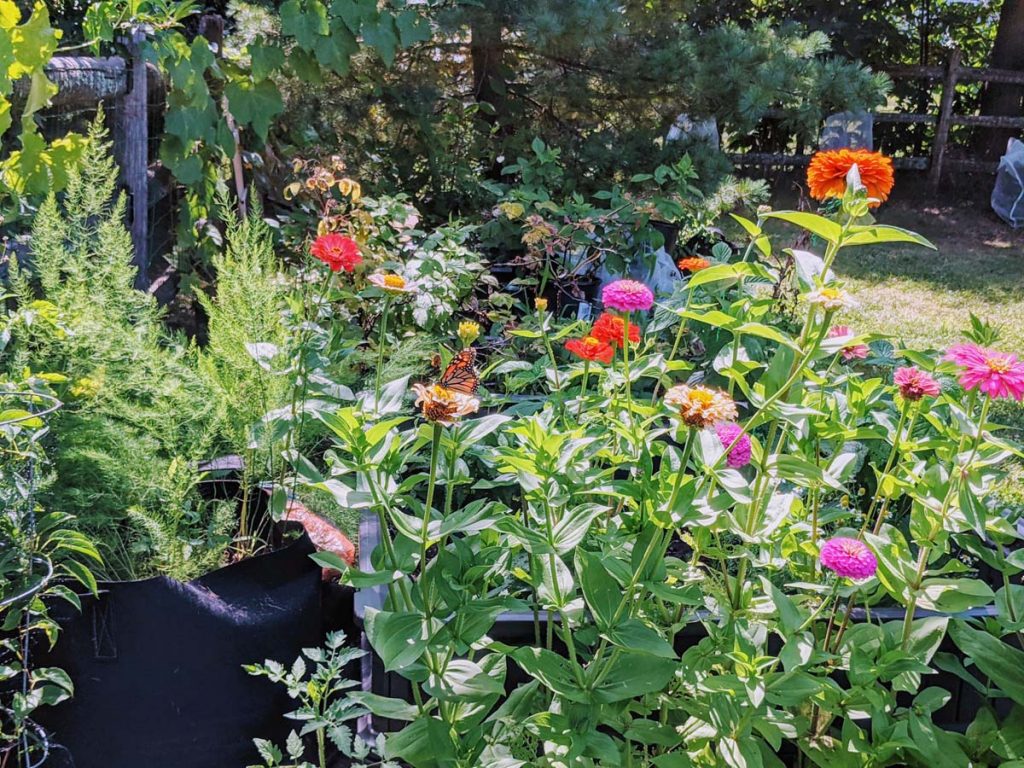
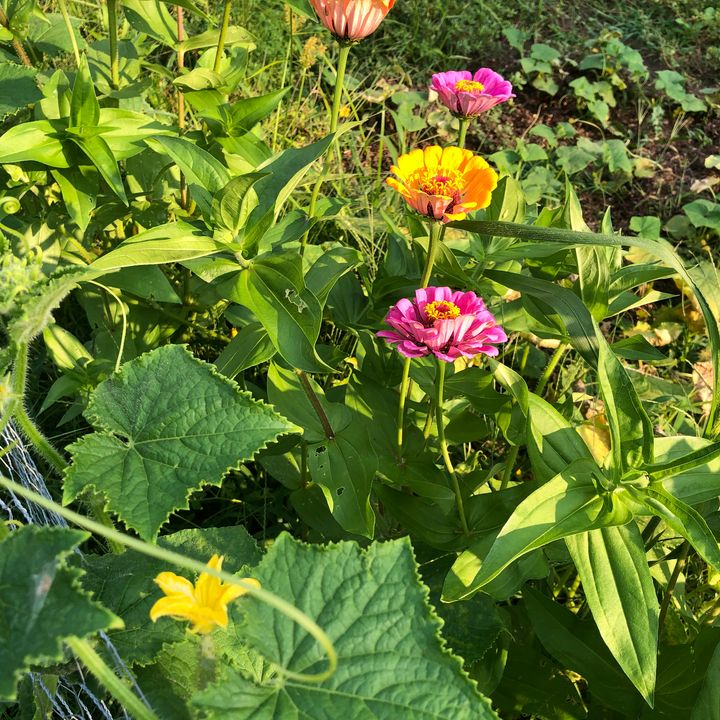 Cucumbers and zinnias are both warm-season plants that attract beneficial insects, so they make good companion plants. Zinnias also help to deter cucumber beetles.
Cucumbers and zinnias are both warm-season plants that attract beneficial insects, so they make good companion plants. Zinnias also help to deter cucumber beetles.Zinnias and beans:
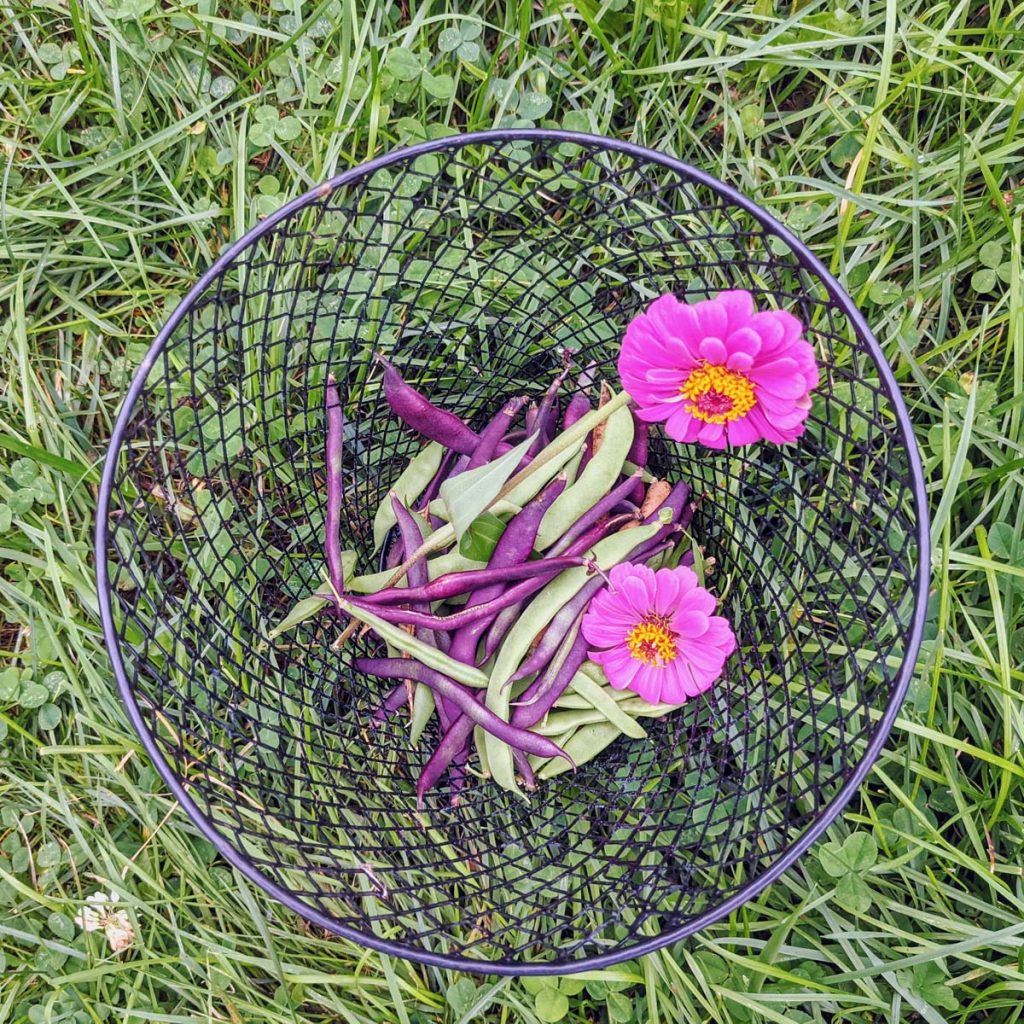
 Zinnias and beans are both nitrogen-fixing plants, which means they can help to improve the soil quality for each other. They also both attract beneficial insects, so they are a good combination for a healthy garden.
Zinnias and beans are both nitrogen-fixing plants, which means they can help to improve the soil quality for each other. They also both attract beneficial insects, so they are a good combination for a healthy garden.Zinnias and kale:
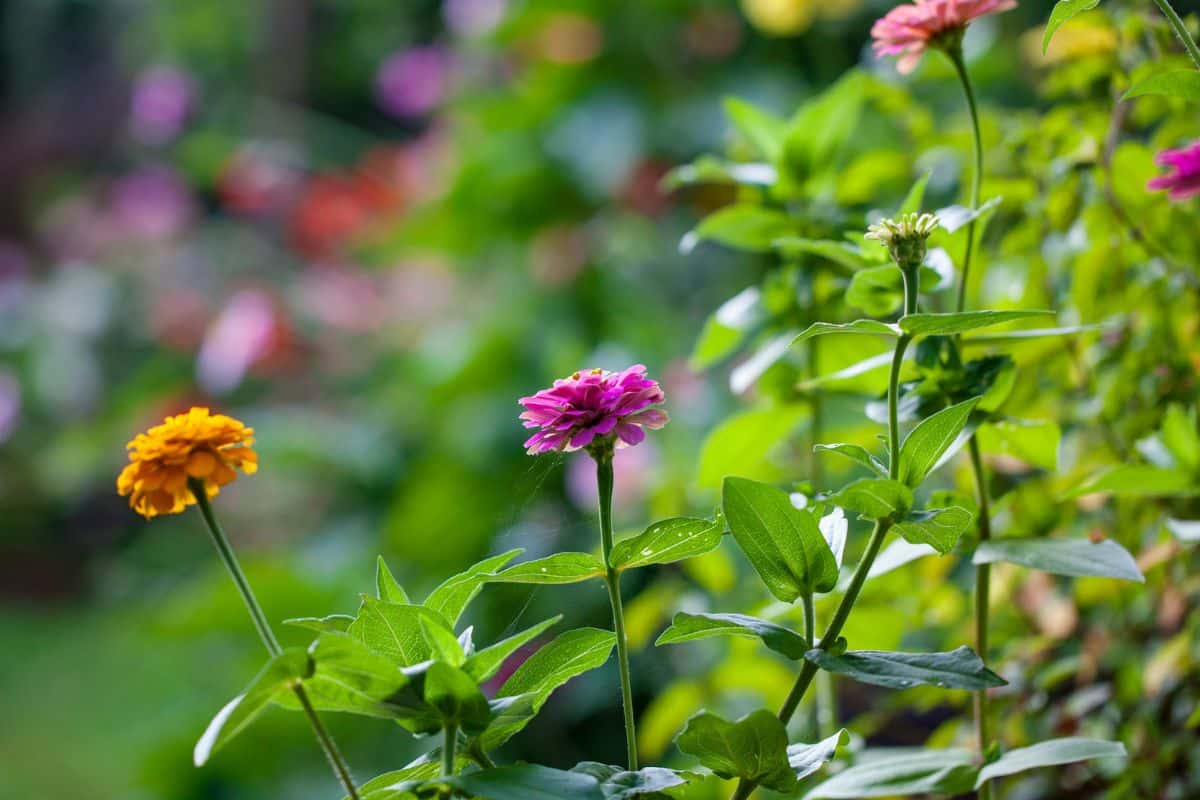
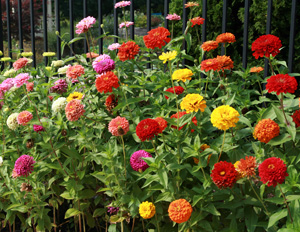 Zinnias and kale are both tall plants that can help to provide support for each other. Zinnias also help to deter pests from kale.
Zinnias and kale are both tall plants that can help to provide support for each other. Zinnias also help to deter pests from kale.Zinnias and lettuce:

 Zinnias and lettuce are both cool-season plants that can be planted together in early spring. They both attract beneficial insects, so they are a good companion combination.
Zinnias and lettuce are both cool-season plants that can be planted together in early spring. They both attract beneficial insects, so they are a good companion combination.Zinnias and melons:

 Zinnias and melons are both heat-loving plants that can be planted together in the summer. Zinnias help to attract pollinators, which are important for the pollination of melons.
Zinnias and melons are both heat-loving plants that can be planted together in the summer. Zinnias help to attract pollinators, which are important for the pollination of melons.
Post a Comment for "Zinnias: The Versatile Flower That Makes A Great Companion For Vegetables"